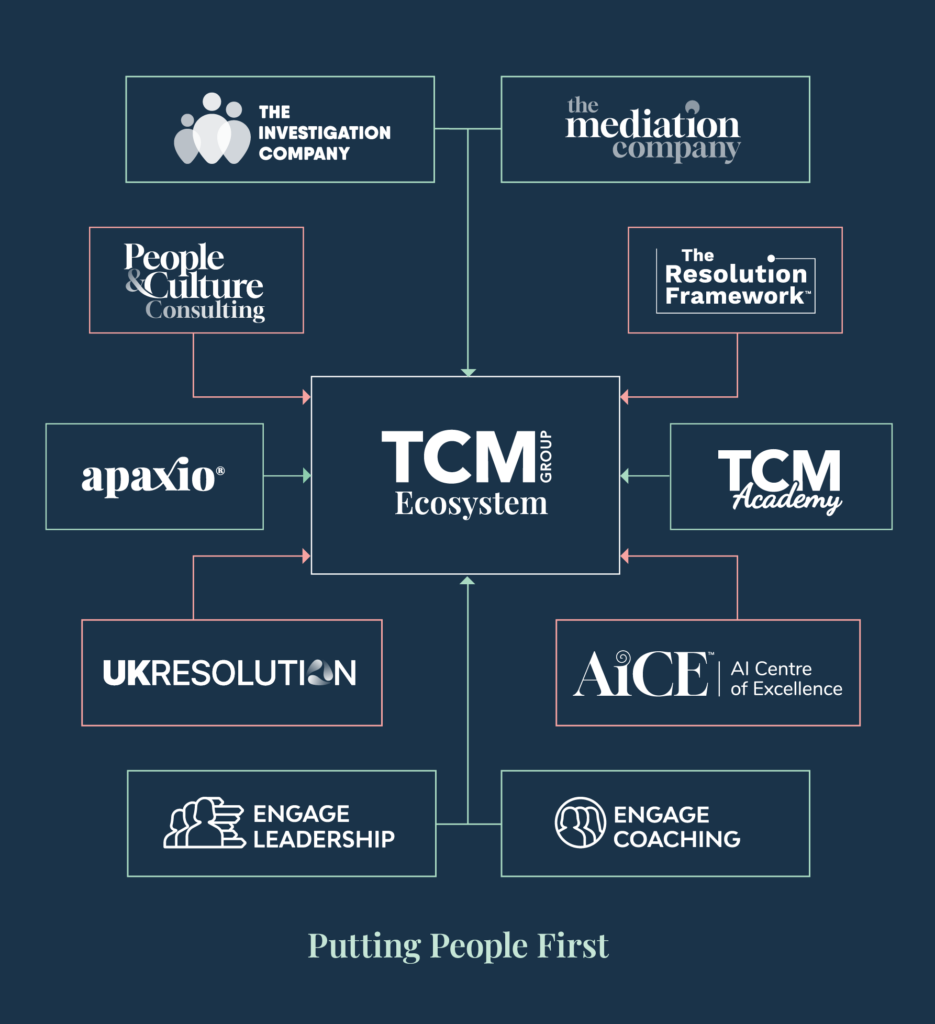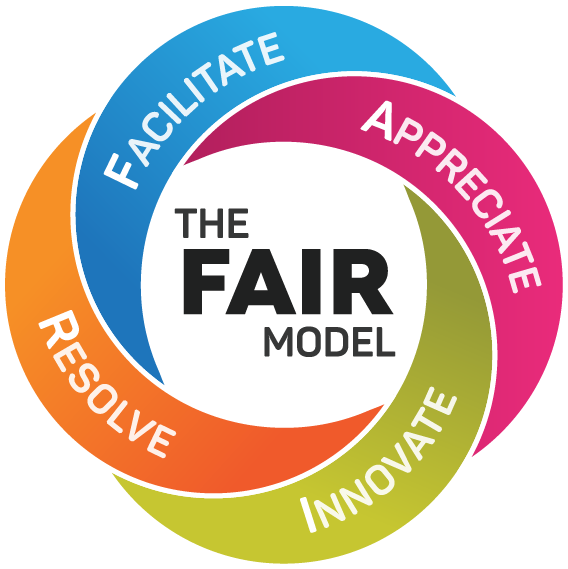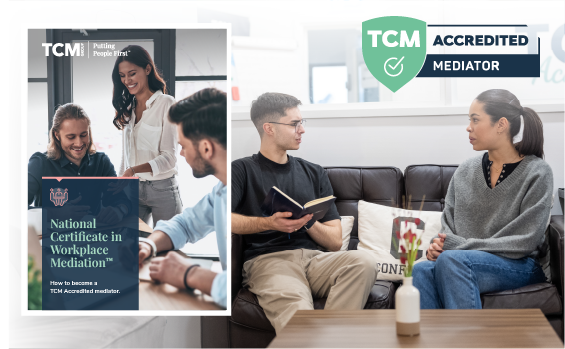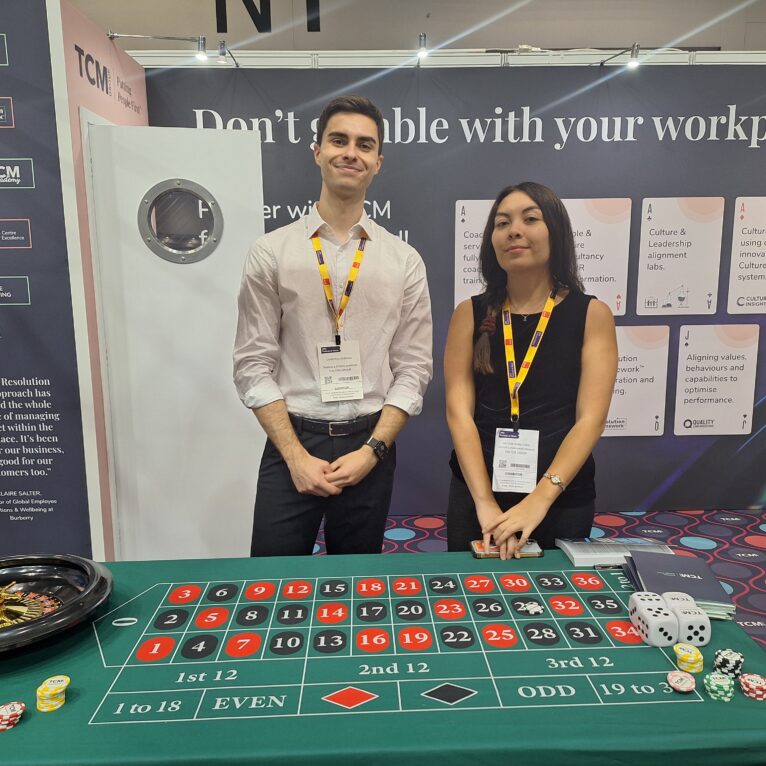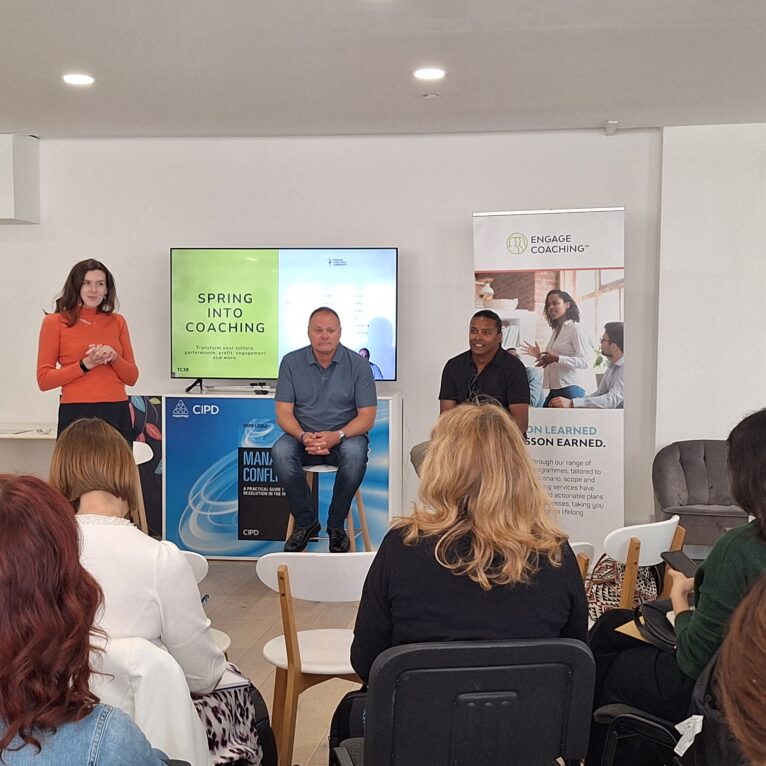
Share article:
Tags:
At our recent Investigation & Audit Services conference, we learned how to conduct a better investigation, but what is the most effective way to interview? Luckily to all those who attended, one of our very own resolution consultants took the time to present one of the very latest investigative techniques.
Tribunals that end badly are oftentimes due to poor interviewing skills, leading to a desired outcome. In the US, for instance, the Reid technique is popular in interrogations: it elicits confessions from those who are prejudged to be guilty, using psychological manipulation, trickery, and deceit to extract obtain false confessions.
“Presumption of innocence is a natural human right.”
The Cognitive Interviewing Technique
Dominic Human, Director at Human HR Services, advocates for cognitive interviewing, a technique designed to trigger live recollection and associated emotional responses. In biological terms, memory is a reconstructive process that is susceptible to distortion. This has severe consequences in the courtroom, as prosecutors misconceive memory to be more veridical than it actually is. Cognitive interviewing takes the witness back to the event, requiring a lot of time and space, to bridge those memory gaps.
This process can be broken down into four stages:
- Mental reinstatement of environmental and personal contexts
Interviewees are asked to revisit their personal mental state, drawing a picture of the event in their mind. This is about details: placement of objects, lighting, or temperature are important. This exercise increases the feature overlap between initial witnessing and subsequent retrieval contexts.
- In-depth reporting
Witnesses are then asked to recall partial details. What may seem unimportant to the beholder can result in a subsequent recall of additional relevant information, changing the course of investigation.
- Describing the event in several orders
It is effective to create a narrative of the event from different starting points. This can provide a new perspective of the event, prompting new information to be recalled.
- Reporting the event from different perspectives
Asking the participant to consider the event from the perspective of another witness can help to construct a wider and more accurate image of the scene.
The TCM funnelling technique is an effective tool to painting a clearer picture of events:
- At the widest point is the story: background, narrative, facts, feelings, perceptions etc.
- In the middle are the key issues: incidents, themes, behaviours, examples etc.
- The smallest and most important part of the “funnel” lines in the details: times, dates, specifics, elaboration – who, what, when, where, how etc.
By following this innovative framework, we can hope to elicit honest confessions and, therefore, achieve fairer investigation outcomes.
A Unique Training Opportunity
If you’d like to apply the cognitive interviewing technique to your own practice, then we’ve developed a tailored course to do exactly that! Our half-day ‘Cognitive Interviewing Skills’ course has been designed based on the very latest forensic psychological principles and will provide delegates with the theoretical and practical skills to draw accurate information within the most complex interviews. Find out more/ book your place.
A Chance to Catch Up
Missed our investigations conference, but looking to catch up? Great news- we recorded the session, which can be viewed below (or here):
